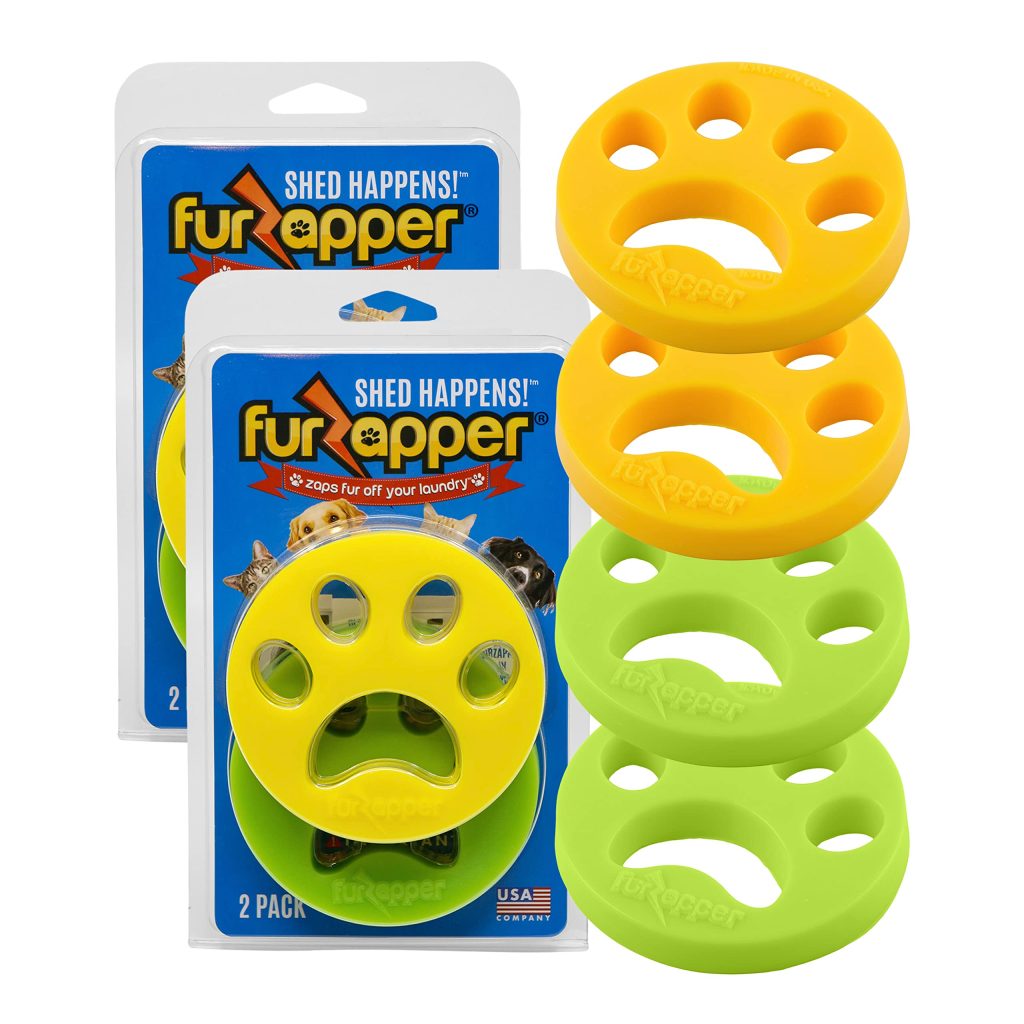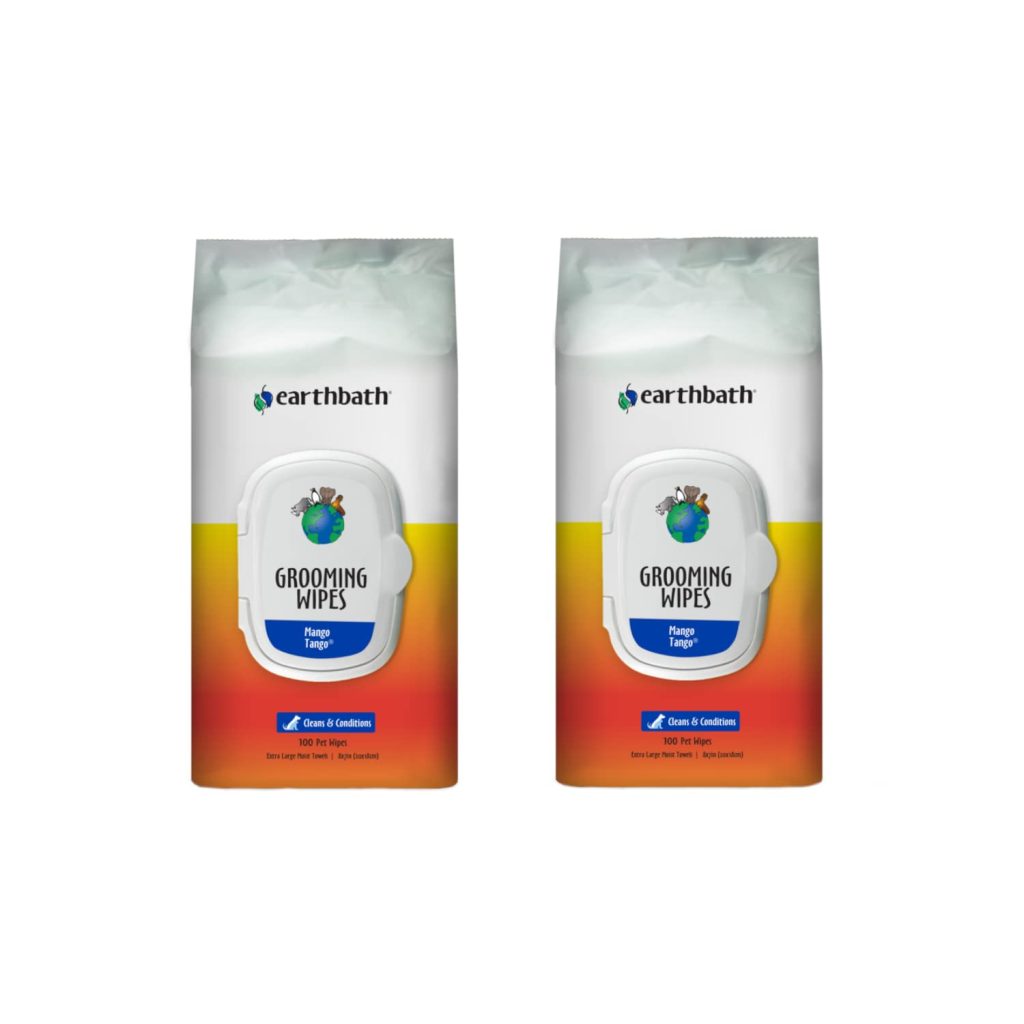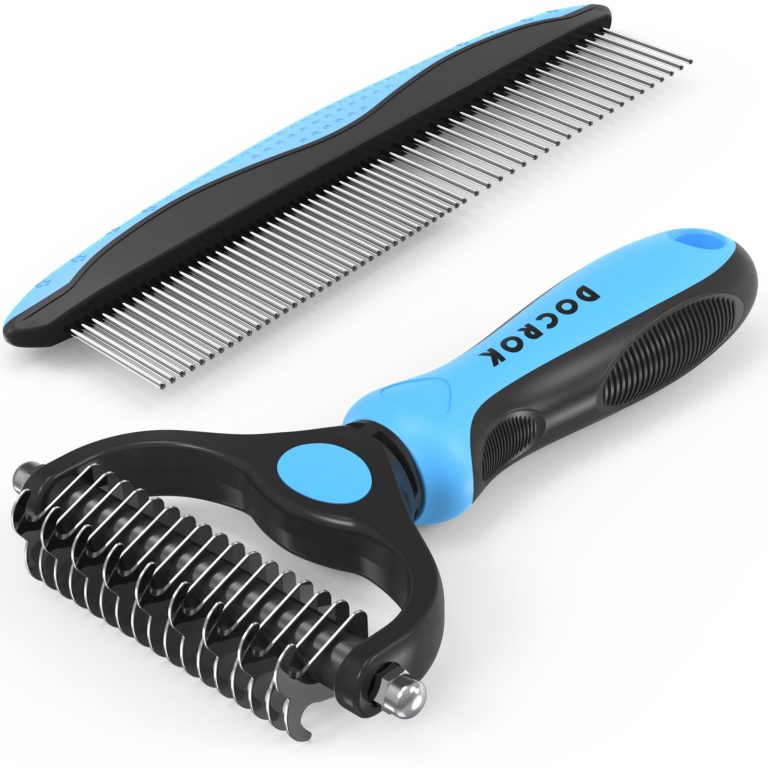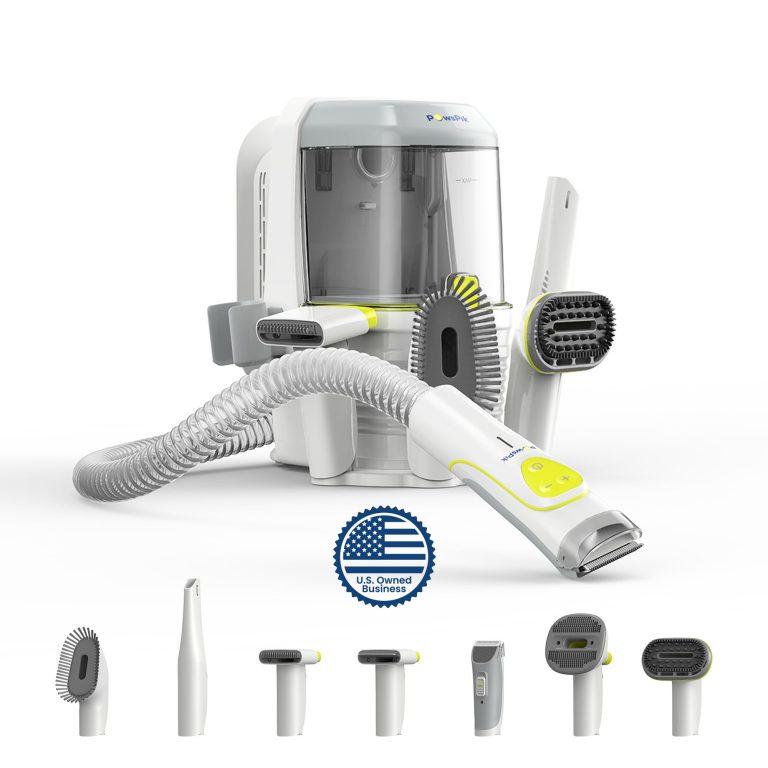Airedale Terrier
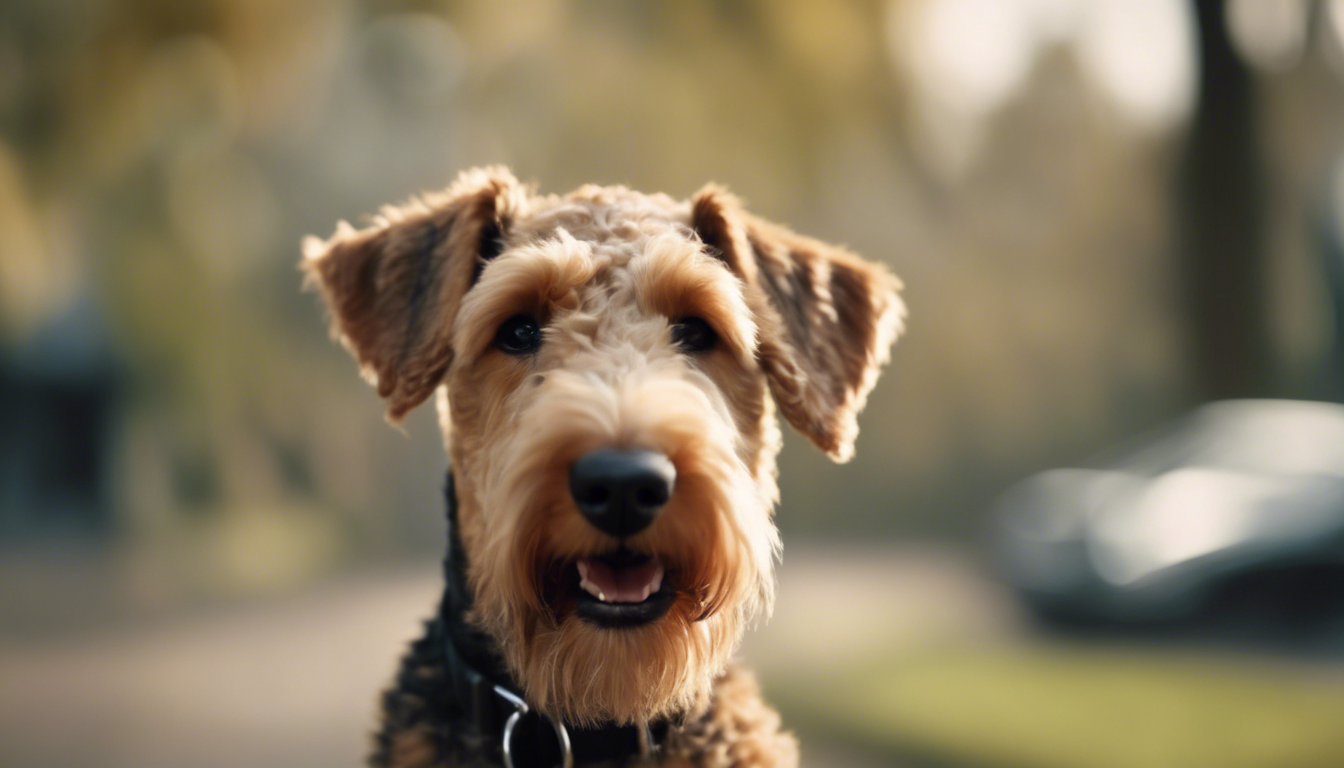
Origin and history of the Airedale Terrier
The roots of the Airedale Terrier stretch back to the Aire Valley in Yorkshire, England, where the breed was meticulously developed in the mid-19th century. Initially bred to be versatile working dogs, they were tasked with hunting small game, and their athleticism and intelligence made them particularly proficient in this role. A cross between the Welsh Terrier and Otterhound, among possibly other Terrier breeds, the Airedale was designed to possess both the keen hunting instincts of terriers and the strong swimming abilities of otterhounds.
Famed for their courageous and spirited demeanor, Airedale Terriers soon emerged as multifaceted dogs, not merely efficient hunters but also phenomenal guardians and loyal companions. Their reputation for bravery and versatility was only elevated during the First World War, where they served with distinction as messenger dogs, demonstrating an ability to endure harsh conditions and to perform a variety of tasks with both tenacity and grace.
Their early history in the United States dates back to the beginning of the 20th century, where they quickly gained favor among dog enthusiasts and were recognized by the American Kennel Club in 1888. An interesting piece of trivia is that the Airedale became known in America as the “King of Terriers,” not only for being the largest in the terrier group but also for their majestic bearing and noble demeanor. They paralleled the rise of Teddy Roosevelt, who had an Airedale by his side during his presidency and frequently praised the breed’s courage and reliability.
Beyond their duties in the field and their roles in war, Airedales have also enjoyed a legacy in entertainment and popular culture. Their exuberant personalities and expressive faces have made them natural stars in front of cameras, and they’ve graced many a TV and movie screen with their charm.
This rich and vibrant history perfectly sets the scene for understanding the state-of-the-art Airedale Terrier. Faithful to their roots, they continue to encapsulate the best qualities expected of them: resilience, intelligence, and a robust work ethic, making them as much a loving household pet as a dog of utility and service.
Physical characteristics and grooming needs
Known for their distinctive look, the Airedale Terrier boasts a wiry, dense double coat that’s tan with black or dark grizzle markings. This largest of the terriers stands proud with a sturdy frame that speaks to their working-dog heritage. Males typically stand about 23 inches at the shoulder, while females are slightly smaller, usually measuring around 22 inches. These strong and muscular dogs are not just built for elegance, but also for efficiency and endurance in their various roles.
While the Airedale’s coat is relatively low-shedding, it does require regular attention to keep it looking neat and to prevent matting. Regular brushing, say a couple of times a week, is advisable to keep their dense undercoat in check and to remove dirt and debris. This distinctive coat also requires ‘hand-stripping’ or clipping two or three times a year to maintain its classic texture and shape. This practice encourages new hair growth and avoids dulling the coat, but it does require some expertise; so, many Airedale owners opt for a professional groomer.
Bathing should not be a frequent routine unless the Airedale gets particularly dirty; their coat naturally repels dirt and too much washing can strip it of essential oils. Make sure to use dog-specific shampoos that preserve the coat’s natural hardness, and ensure they are dried thoroughly afterward to avoid any chill.
Aside from coat care, proper maintenance of their strong teeth is vital. Regular dental cleanings and durable chew toys can support dental health and prevent tartar buildup. Their nails should be trimmed regularly to prevent any discomfort or issues with walking, as with all dogs. Don’t overlook the little stuff, either; checking and cleaning their ears consistently can prevent infections and spot issues early.
To meet their physical demands, Airedales need ample exercise. Their energetic temperament is best satisfied with long walks, runs, or energetic play sessions. They’re incredibly intelligent, so stimulating their minds with interactive toys and agility challenges will keep them engaged and prevent boredom-induced behaviors like digging or chewing. Despite their adaptability, they thrive with access to open spaces where they can explore and work off energy.
When it comes to their diet, it is essential to feed an Airedale high-quality food appropriate to their size, age, and activity level. They can be prone to overeating, so closely monitoring their intake and adhering to a feeding schedule can prevent obesity. Always ensure they have access to fresh water, especially after exercise.
Airedales bring a lot of joy with their charismatic nature and unique appearance. Still, like with any breed, they demand a commitment to their grooming needs and an understanding of their physical requirements to ensure they lead a full, healthy, and happy life.
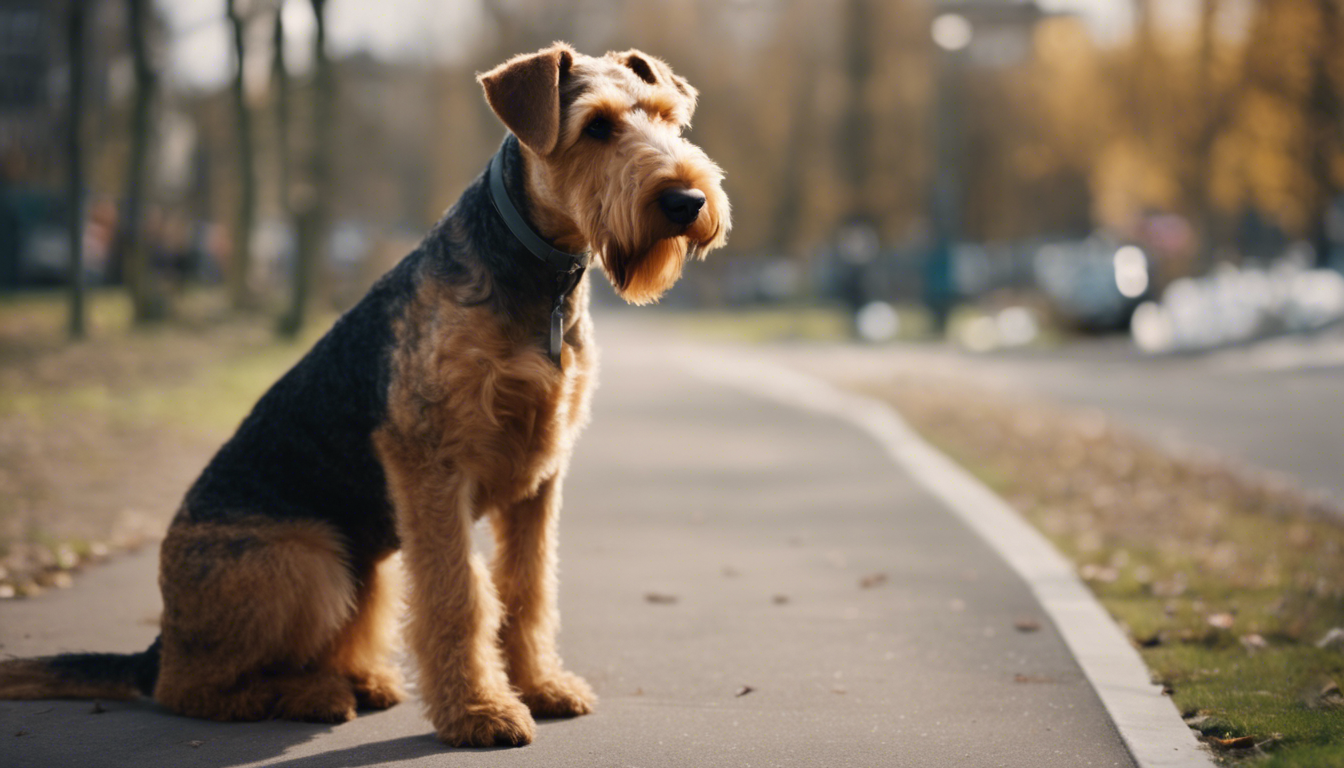
Temperament and behavior traits
The Airedale Terrier, affectionately known as the ‘King of Terriers’, embodies a spirit that’s at the same time intelligent, courageous, and affable. These dogs possess an eagerness to please paired with an intrinsic playfulness that endears them to their families. It’s important that anyone considering this breed understands their definitive temperament traits to establish harmony in the home.
Characteristically, Airedales are exceptionally bright and capable of learning rapidly. However, this intelligence comes with a side of stubbornness. They’re known to have their own opinions, and without a clear leader, might assume they’re in charge. Consistency and firmness in training is a must. Owners should aim to channel the Airedale’s natural tendencies into positive behaviors through positive reinforcement training methods, always mixed with a dash of patience.
While they can be wonderful with children due to their playful nature, they may be a bit boisterous for the smallest of family members, hence supervision is a good idea. Introducing the Airedale gently to a variety of people, sights, sounds, and experiences—especially in their early years—is key to ensuring their friendly and well-mannered disposition.
Airedales are noted for being independent, which stems from their hunting heritage where they were expected to work at a distance from their owners. This independence can manifest in an exploratory nature, thus a securely fenced yard or leash use is often necessary to keep them from wandering off. Owners should be prepared for a dog that may display selective hearing when there are more interesting things to explore.
This breed also tends to have a prey drive, which may paddle up the creek without following the duck rules. Small animals, such as rodents or birds, might trigger this instinct, so training and socialization are imperative to control such impulses. This trait also means Airedales often excel in dog sports like agility and earthdog trials, which can provide a constructive outlet for their energy and instincts.
Such vibrant dogs also thrive on companionship; Airedales value their time with family and can become bored and destructive if left alone for too long. Incorporating interactive play, puzzle toys, and regular engagement in activities can alleviate potential mischief.
It’s not just the body that needs a workout, but the mind too. This breed craves mental stimulation just as much as physical exercise. They enjoy solving problems, which can include learning tricks, participating in obedience competitions, or practicing games that challenge them mentally.
Ultimately, the Airedale Terrier is not just a pet but a companion and family member that shines with proper training, socialization, and affection. Their loyal and loving nature, combined with their energetic joie de vivre, makes for a dog that can truly enrich the lives of their owners. However, they’re best suited to those who can invest the time and energy required to keep up with their spirited and occasionally mischievous personality.
Health considerations and lifespan
When considering bringing an Airedale Terrier into your home, being aware of their health and typical lifespan is just as critical as understanding their personality. These robust dogs tend to live an average of 10 to 13 years, though some can live even longer with the right care. As a prospect or current owner, it’s vital to be cognizant of the common health issues that may affect the breed, so you can be proactive in their care.
Firstly, it’s important to prioritize regular veterinary check-ups. These check-ups can often catch early signs of conditions that Airedales are susceptible to, such as hip dysplasia, a genetic condition that can lead to arthritis or mobility problems. Early detection can be instrumental in managing health issues effectively. A good diet and appropriate exercise can also support joint health.
Skin issues are another area for attention with Airedales. Allergies can cause discomfort and lead to secondary infections if not treated. Keep an eye out for excessive scratching or licking, and consult a vet if you notice any worrying symptoms. Similarly, their ears should be checked regularly for signs of infection.
An Airedale Terrier’s heart health is another aspect that should not be overlooked. They can occasionally be prone to heart diseases such as dilated cardiomyopathy. Be alert to any signs of lethargy or difficulty breathing and discuss with your vet if you have any concerns.
As with other larger breeds, Airedales may be at risk for gastric torsion, or bloat, which is a sudden and life-threatening condition that involves the stomach swelling and sometimes twisting. To reduce the risks, it’s advised to feed your Airedale several small meals throughout the day rather than one large one, and to avoid vigorous exercise around meal times.
Another health issue that warrants vigilance is hypothyroidism, where the thyroid gland doesn’t produce enough hormones. Symptoms can include weight gain, lethargy, and changes in the coat. A simple blood test can diagnose this condition, which is treatable with medication.
Grooming not only keeps your Airedale looking dapper, but it’s also an opportune time to give them a once-over, checking for any lumps, bumps, or cuts that could indicate a health problem. This hands-on care allows you to detect potential issues early and seek veterinary advice when necessary.
When it comes to an Airedale’s diet, maintaining a proper weight is essential. Obesity can exacerbate potential joint problems and contribute to other health issues. Balanced nutrition tailored to their life stage and energy levels, coupled with adequate exercise, will help to keep your Airedale trim and healthy.
Ensuring a healthy lifestyle for your Airedale Terrier combines regular veterinary care, conscientious grooming practices, a well-balanced diet, and plenty of exercise and mental stimulation. With loving attention to their needs, you can enjoy the companionship of your ‘King of Terriers’ for many happy years to come.
